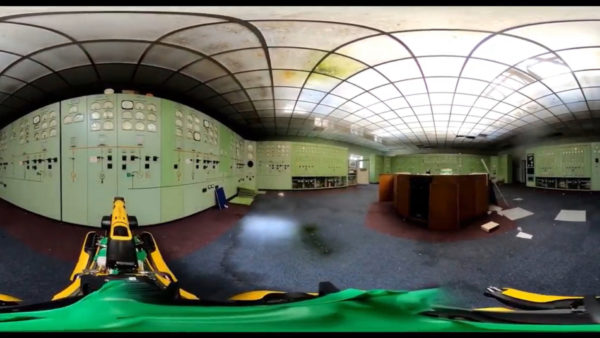Mark Farmer, author of the Farmer Review and CEO of Cast Consultancy, asks how we can drive the benefits case for BIM.

Mark Farmer
Anyone who has read the Farmer Review will recognise that I see the digital journey in the construction industry as being one of the most important enablers of change and modernisation. I say this firmly influenced by the role I believe digital technology can play in resolving some of the key symptoms of failure that I identify in the report.
It is clear to me that scaling up the digital agenda, with BIM at its heart, is crucial to how the industry addresses its systemic problems, of which I would highlight the following selection here:
- Productivity – The ability to ensure coordinated and integrated products designed with manufacture and assembly in mind. BIM can enable the link between “right first time” design and manufacture/construction. It can also underpin the fundamental imperative that I highlight of more value being delivered in a “pre-manufactured” environment that benefits from better controlled delivery conditions.
- Collaboration, adversarial working & structural fragmentation – The concept of a federated Level 2 BIM model or Level 3 Open BIM single model, by implication, will drive a step change in collaboration between all players in the process and force challenges in procurement norms and how design and construction value chains are formed. This could be seen as a threat in terms of reorganising traditional roles and hierarchies, but in my mind is more of an opportunity for those that look at where value is delivered.
- Predictability – The ability to derisk delivery by overlaying separate 3D models, even at Level 2, BIM is the beginning of a move to the robust coordination that the industry so desperately requires. Combined with increased pre-manufactured value (PMV) delivered through a BIM enabled CAD/CAM interface, the scope for onsite final workface delivery failure reduces. With the future advent of BIM using 4D and 5D models, the key dimensions of time and cost also stand to be embedded into a much more transparent and certain environment.
- Industry image – The ability of the industry to use digital design and construction techniques is absolutely critical if we are going to increase both the number and calibre of new entrants into our industry. Continuing to force an image of traditional labour-intensive working that relies on prototyping every project is doing nothing to make the industry attractive to a new generation who live and breathe digital. The more the industry is analogised to a technology-led manufacturing environment, the more chance we have of offsetting workforce attrition risk.
Of course, all of the above is easy to set out as a set of ambitions for how we might achieve the modernisation that our industry so desperately needs. However, what overarches all of this is the crucial need for leadership of change in the industry. There are far too many vested interests, behavioural and cultural pockets of resistance and other barriers to change that will be obstacles to the reforms I suggest.
What is needed is real leadership by example. Government, as part of its Construction Strategy, has mandated Level 2 BIM for its direct projects and looks committed to move this to Level 3 BIM. However, the problem, as my review makes clear, is that the government’s influence as a client is limited in the context of the whole industry.
To enable change at scale, the private sector needs to start using BIM as a matter of course, not as an experiment or a “nice to have”, but driven by a quantifiable benefits case that hard-nosed and commercially driven commissioning clients can get comfortable with and who will then will insist on this approach on their projects which others will then take notice of.
Implicit in this journey is a responsibility on key client advisers to understand and be advocates of this journey, not hiding behind the age-old excuse that change is a problem or a risk or indeed their sheer lack of personal understanding.
Some strong clients will drive change themselves but most will rely on their advisory team to set out the optimum process by which their built asset requirements are delivered. Professional bodies therefore need to step up to the plate in terms of the basics of training and inter- professional industry collaboration.
Change is also only as strong as the weakest link in the value chain, so there is also a critical challenge back to the supply chain to be BIM enabled at all levels and to be able to make clear the benefits in terms of cost, time, quality and predictability to clients and their advisers.
This will force decisions on who we all work with and will in itself start to fracture perhaps relationships based on tradition rather than, frankly, performance. We need strong, quantified case studies in the residential and commercial real estate world to convince developers that this can give them a better solution, not just help the construction industry solve its own deep seated process management problems.
My review has made uncomfortable reading for many, attracting both plaudits and criticism from different quarters. For me that is a good sign, however, because any strategic change requires significant disruption from which there will be winners and losers. I do believe, just from my own business dealings and from very recent client/investor discussions in the residential market, that disruption is indeed coming that should be good news for how BIM becomes increasingly mainstream.
My review has created a great platform for publicising and debating the urgent need for transformation in our industry, but we all need to play our part in making a difference with a sense of collective responsibility.
Comments
Comments are closed.














Excellent article and sound sense